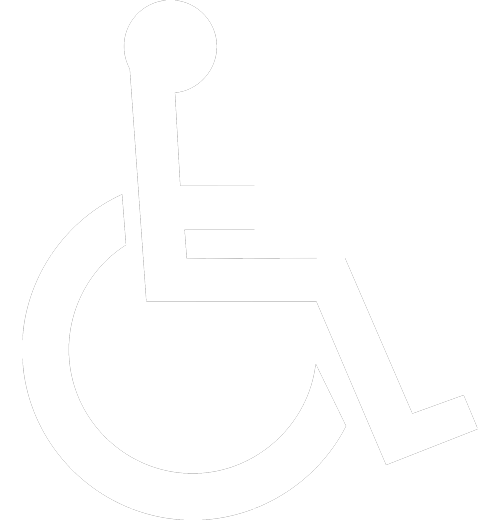The History of Halloween
Every October, kids around the United States dress up in costumes and go around their neighborhoods to collect candy. From an outsider’s perspective, it’s a bit of a strange ritual, but to most of us, it’s something we grew up with and look forward to every year. So, how did we come to celebrate this strange holiday? Let’s take a look at the history of October’s best holiday, Halloween.
Early Traditions
As Halloween’s beginnings are rooted far into the past, we’re still not entirely sure how it started. The best guess, though, is that we can trace Halloween back 2000 years to a European tradition called “Samhain,” a pagan ritual meant to celebrate the end of harvest season. Those who observed the ritual believed that this was a time in which the boundaries between our world and another, mystical world were lower. As such, these early people held bonfires and left food as offering in the hope of their crops and livestock making it through the winter.
 All Hallow’s Eve
All Hallow’s Eve
As Europe’s cultures, traditions, and boundaries changed, so did Halloween. Samhain mixed with influences from Roman culture and Christianity, thus blending with the Catholic traditions of All Saints’ Day and All Souls’ Day, which occur the two following days after Halloween. All Saints’ Day is also known as All Hallows’ Day, and as it takes place the day after Halloween, the tradition got its name: All Hallow’s Eve. Despite the name change, the traditions of bonfires and observing the dead stayed, and by now, people had begun dressing up in costumes related to the supernatural.
Trick or Treat
Trick or treating comes from mumming, a tradition that dates back to the Middle Ages and isn’t associated with only Halloween. On holidays, children would go around their villages and act out plays in exchange for food. As Halloween, a European concept, traveled to America with the Protestants of New England, it got a big boost when immigration boomed in the 1800s, and the tradition of disguising oneself and traveling around the neighborhood stuck. Parents also saw the day as an opportunity for community bonding and made efforts to remove the scarier aspects of the holiday, shaping it into the kid-friendly celebration we know today. By the 1950s, trick or treating was a common occurrence.
Commercialization
Over the past half century, the holiday has grown to become one of the biggest money-making holidays during the year. Retailers, banking on the trends and fads of pop culture, offer up products of all kinds–costumes, treats, decorations–for this special time that comes only once a year. As movie franchises and the like have entered the mainstream, promotional tie-ins have made these Halloween products ever more appealing, especially to children, though definitely not limited to them. Pumpkin spice lattes, anyone?
It’s a little difficult to picture Halloween’s humble beginnings when you answer the door to a group of costumed children yelling “trick or treat!” In all, it’s amazing to think that the holiday is something that’s stuck with our culture for so long. The observance has changed greatly over thousands of years, and though some may decry the commercialization of the holiday, you have to admit that dropping a little money on costumes is a bit better than begging spirits for a good winter. That’s something worth pondering as you munch on your candy corn this Halloween.








